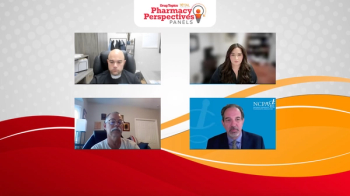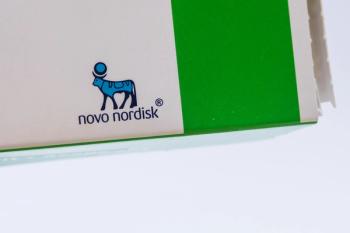
Drug diversion: Collaboration is key to detection, control
In health systems, close collaboration between pharmacy and nursing results in successful interventions.
Diversion of controlled substances in the hospital setting can be detected with relative ease using current auditing software. But to confirm and correct diversion calls for close collaboration between pharmacy and nursing.
“The risks of diversions are not only to our patients, but to our employees and our institutions,” said Sarah Cox, PharmD, pharmacy administration resident at Houston Methodist Hospital. “Detecting diversion and addressing the problem calls for a collaborative process, with buy-in and investment from all stakeholders. Diversion is not just a pharmacy issue.”
Cox and fellow resident Roya Tran, PharmD, were at the ASHP Midyear Clinical Meeting in New Orleans, where they reported on the initial results of a collaborative program to detect drug diversion conducted at Houston Methodist.
Across departments
All major pharmacy management systems provide robust auditing software, Cox said. But pharmacy audit reports showing potential diversion can be confusing to other departments.
“We spent a significant amount of time helping nursing understand these reports, what they meant, and what we were seeing in terms of potential diversion,” said Tran. “We needed to get their buy-in on our methodology, and they were clearly skeptical.”
The hospital had three confirmed controlled-substance diverters on staff, Cox said. In order to better detect diversion, pharmacy wanted to monitor controlled-substance use across the hospital’s 52 nursing units, using the controlled-substance auditing software built into its Omnicell system, PandoraVIA.
Across the U.S.
Health systems must address drug diversion, Cox said. In 2010, more than 16,000 opioid-related deaths occurred in the United States. In 2014, Centers for Disease Control and Prevention named Rx drug abuse and overdose as one of the top five U.S. health threats. Now the Drug Enforcement Administration is cracking down on controlled-substance diversion at the health-system level.
In 2015, Massachusetts General Hospital in Boston agreed to a $2.3 million payment to resolve allegations of drug diversion after a single nurse stole nearly 15,000 oxycodone tablets over the course of four years. Other Mass General nurses and physicians have stolen and inappropriately prescribed controlled substances.
How the system works
PandoraVIA provides four reports that are particularly useful in highlighting potential diversion: anomalous usage; user watch lists based on anomalous usage; compliance; and discrepancies. The reports identify individual users, most often nurses, who fall at least three standard deviations outside the institutional norm.
One individual, for example, appeared on a watch list after 27 withdrawals of hydromorphone 1 mg tablets from a single Pyxis machine over a short period of time. The same individual also appeared on watch lists for morphine and fentanyl.
“You should be looking for trends, users that show up month after month,” said Cox. “A user who appears once may just have a patient in a lot of pain. If that same individual is trending on more than one report over several months, you get a little more suspicious.”
That’s when nursing gets involved, said Tran. But nursing managers may not be familiar with the format and content of user watch lists and may not recognize the need to investigate further.
Diversion costs
A pilot pharmacy project that investigated suspicious activity for eight users found that 20 percent of the apparent discrepancies were due to faulty documentation. Waste was not documented, administration was not documented, or there was no order for drug administration.
“Uncovering drug diversion clearly needs nursing support,” Dr. Tran said. “Investigating discrepancies across 52 nursing units involves about $12,500 worth of resources every year. Based on the cost of controlled substances diverted by a single user, identifying just five diverters would make back the direct costs involved.
“But the cost of diversion is more than just the dollar value. There is the erosion of reputation. The perception that diversion is easy at an institution is likely to lead to greater diversion. There is a huge potential for problems. In order to make this kind of detection program work, we have to be sure that nursing understands the data and the reports they are seeing.”
Newsletter
Pharmacy practice is always changing. Stay ahead of the curve with the Drug Topics newsletter and get the latest drug information, industry trends, and patient care tips.






































































































































